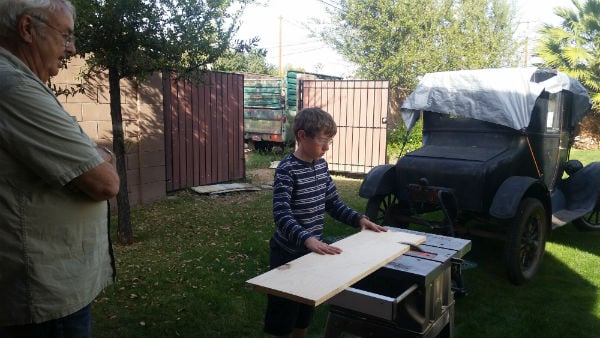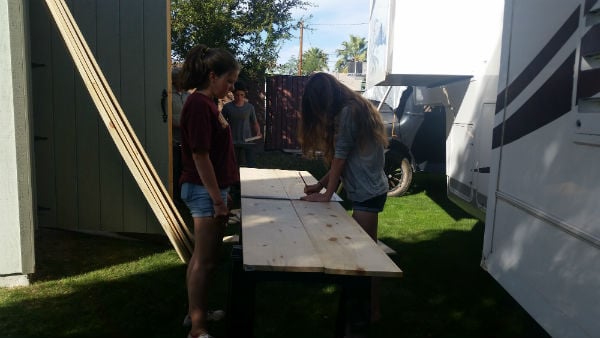Posted on CBInsight and CUInsight
I have to pause and brag a bit because I am so amazed at what the younger generation does to advance its leadership skills. Our household has been busy the past several weeks. Five of my children test this month for their second-degree black belt in taekwondo or, more appropriately, their 2nd dan. Over the past six years, they have practiced 8 to 10 hours a week in addition to the requisite reading, essay writing, community service, annual 250 acts of kindness, a major project, and 20 plus hours of assistant teaching. Two weeks ago they took a 223-question written test, and they all scored between 94% and 98%. Next Saturday, they have their last two-hour physical test on patterns, sparring, and board breaking, followed by a black tie dinner. By now, I imagine you readers who are parents are remembering some similar event for your kids.

This morning, my children had to unlearn a practice, called emptying their cup, to take on a higher level of accountability and ownership for a new practice to advance their leadership skills. In the past, their teacher has provided the boards they would break with their hands, fists, and feet. This time, each of the five was responsible for cutting and bringing 24 boards, 1 x 10 X 12 inches. My contribution was to drive them to Home Depot; they were responsible for finding, cutting, and delivering the boards to the dogan for their test.
It didn’t take long for the level of engagement to ramp up. After a bit of debate about the math problem, they figured out how many boards were needed, located the lumber section in the store (yep, had to ask for help!), managed to get the boards to the cashier, and loaded the truck we had borrowed. Their appreciation for how the boards magically appeared for each previous testing gained momentum before we left the store. They had never considered the teacher’s effort to have the boards ready—the boards just always appeared! Historically, the focus was on the kick. Now the focus was on creating the environment to execute the kick. The phenomenon experienced today was definitely a mindset disrupter.
Still, the greatest learning came next: being taught how to use a table saw. This level of skill required a masterful teacher to guide my children in effective cutting without harming a finger or hand. A good friend, Dave, helped each of the kids manage the saw and expertly cut the boards. Eyes were focused, bodies centered, and awareness and attention enhanced.
What, you might ask, does this story have to do with credit unions? Frankly, everything! Credit unions are at a place in history that requires emptying the cup to make room for new methods and ideas. Emptying the cup does not mean letting everything we know to go down the drain; rather, it represents that we let go of perceptions, actions, and mindsets that hamper our ability to be masterful today and tomorrow. Entrenched mindsets, tired dialogues, and tactical focus at the board level will keep our cups full; yet, they may be full of lukewarm coffee with soured milk.

These five kids experienced a mindset disrupter today that led to new, shared learning; vast appreciation of a teacher; and, a desire to show up well in the final two-hour test next week. There was an alternative that would have saved all of us time and energy: Mr. Joe, their teacher, volunteered to bring the boards to the dogan. Definitely tempting! Yet, if we had said yes, a mindset disrupter would not have been possible; the cup would have stayed full, and the shared learning opportunity would not have been available.
I’ll make this relevant:
- Board agendas need to shift from tactical to strategic: Start with a blank sheet of paper and create an entirely new design.
- Board packets need to reflect a strategic board. Challenge the status quo.
- Strategic planning needs to move from an annual event to an ongoing, holistic way of doing business and include cross-functional and multi-level stakeholders. This level of robustness increases engagement, innovation, and ownership.
- Strategic succession planning should be front and center, all the time, throughout the organization. See quality coaches, mentors, and teachers.
- Talent development needs to be part of each executive’s performance expectations. Otherwise, good people are at risk and the level of disengagement rises.
- Board committees need to be fine-tuned so they reflect the current needs of the credit union.
Ask yourself:
How full is your cup?
When will you empty it?
What new leadership practices will you invite in?

